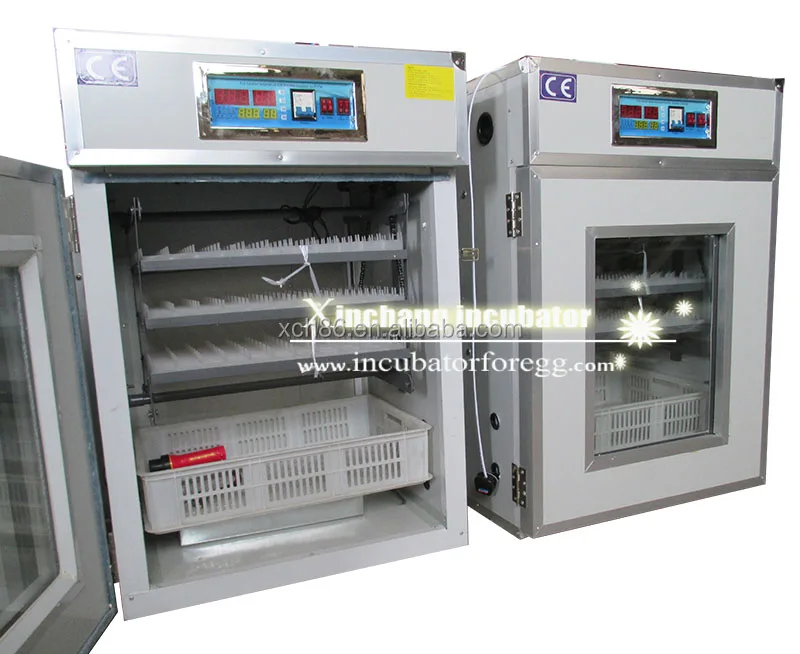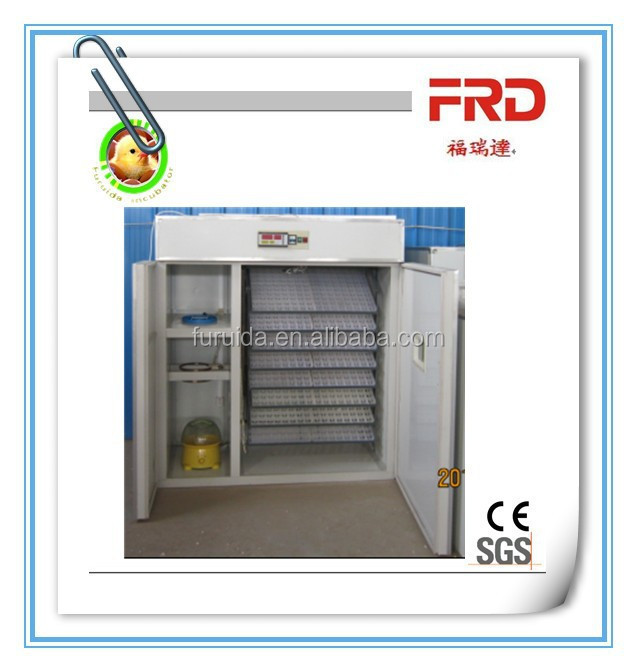

Since incubators are not impermeable, RH will affect the inside of the hatchery. They are likewise accessible to buy in our Consumables area. What occurs if you placed water in both water channels and still can’t accomplish the required dampness level? There are units provided with dissipating cushions or hinders that can assist with raising the mugginess. Never close off the entirety of the hatchery gaps as the chicks do expect oxygen to relax.

To build the dampness, you should simply place water in the two tracks and diminish the ventilation. Most incubators have two water channels to give the client greater adaptability regarding water surface zone and dissipation rates. Also, you can use chicken coop heaters to adjust the temperature. The second controllable factor is how much natural air the hatchery can attract from an external perspective. The more water surface zone there is inside the hatchery, the higher the dampness will be.Īdequate water doesn’t make a difference for moisture other than to look after it. There are two controllable components to consider when modifying the moistness during hatching. By gauging the eggs at regular intervals, you can precisely alter the moistness to make up for something over the top or too little weight reduction. All in all, in principle, you could gauge the eggs intermittently to beware of their advancement? However, it is recommended that you use an excellent hygrometer to monitor your hatching chicks’ progress.Ĭhicken eggs lose 13 and 15% of their weight from the very day of incubation to the day they hatch. What occurs if you don’t have a hygrometer or your hygrometer is accurate? As we referenced above, dampness that is excessively high or too low will influence the egg’s weight reduction during hatching. How Can One Achieve Required Humidity Levels? It is additionally essential for one to contemplate about the temperature while checking your encompassing humidity. When you’re checking your incubator’s moistness, in this manner, it is critical to likewise take note of the temperature. Bringing the temperature up in a hatchery without water will make the RH% drop. The most significant conceivable water fume limits increments as the temperature increments. At 50% humidity, 70 ☏ is unique concerning half moistness at 90 ☏.

We note that RH% depends on the temperature of the air. When the RH% on hatcheries, that is the exact humidity ingested at that temperature. The other method is with a Wet Bulb approach. The most straightforward approach to gauge humidity is by the Relative Humidity rate. The chick can even die in the process.ĭampness can be established by estimating the water vapor noticeable all around. It likewise causes an absence of room, making it hard for the chick to move around and break out of the shell. An enormous chick might be a stiff chick however, a little air space can influence the breath and cause issues that way. The air space will be littler than ordinary, and the chick will be too huge. For instance, higher humidity would lead to a situation where eggs will not lose the required amount of weight, making the embryo heavier. It dramatically affects the incubation process. Why is it Essential to Understand the Ideal Humidity?Īnyone interested in poultry farming must understand more about humidity. Based on extensive research, the ideal relative humidity is ranging from 55 to 60 % before hatching and 65 to 70 % during the hatching days.

For instance, in areas of high humidity, the ideal humidity levels remain lower than drier parts. It is because we have different environments. An ideal humidity level in the egg incubator can only be achieved based on the location. However, to get the highest hatch with your machine, all the temperatures and humidity needs to be set at the required standard levels. Incubators are excellent investments every farmer who need to reap in poultry farming should have.


 0 kommentar(er)
0 kommentar(er)
